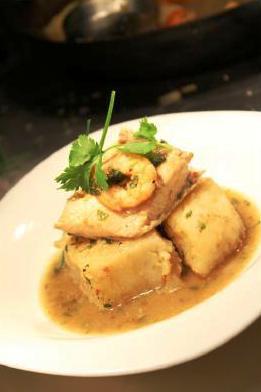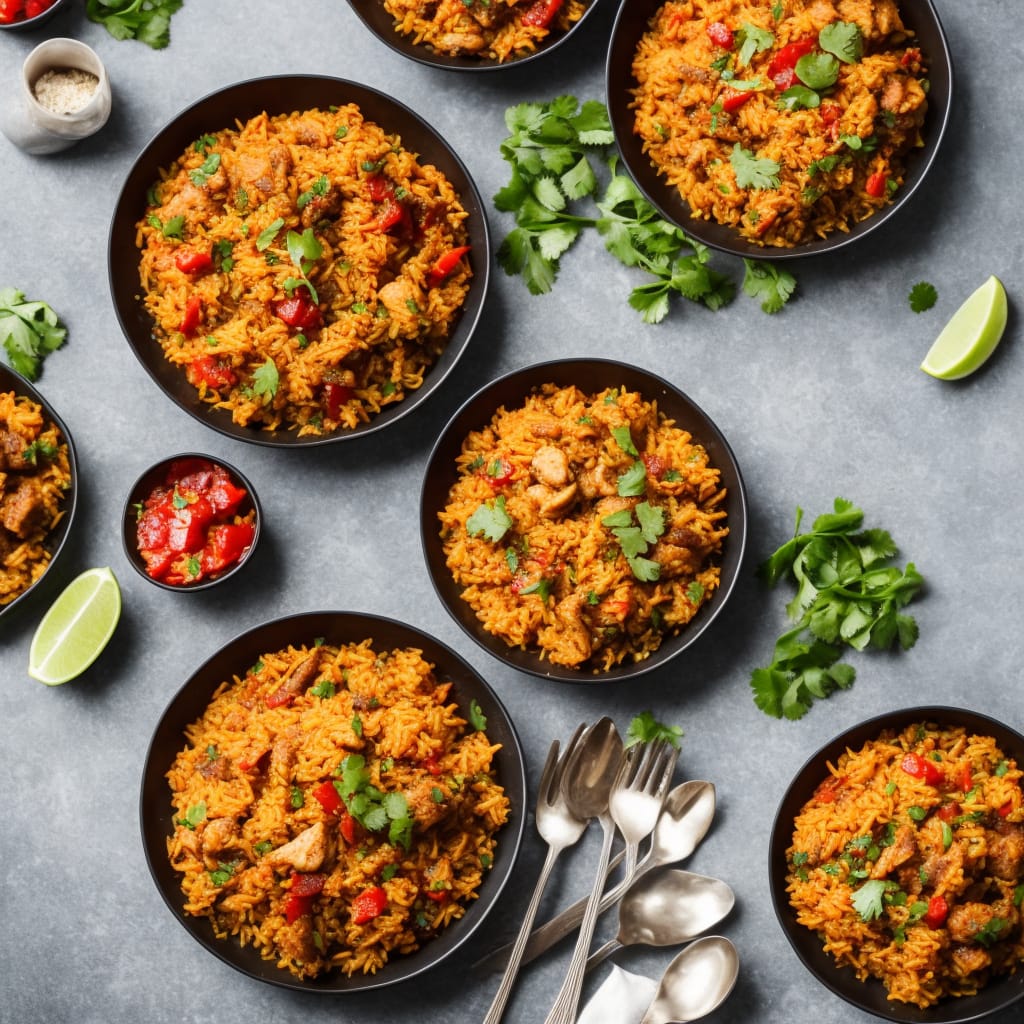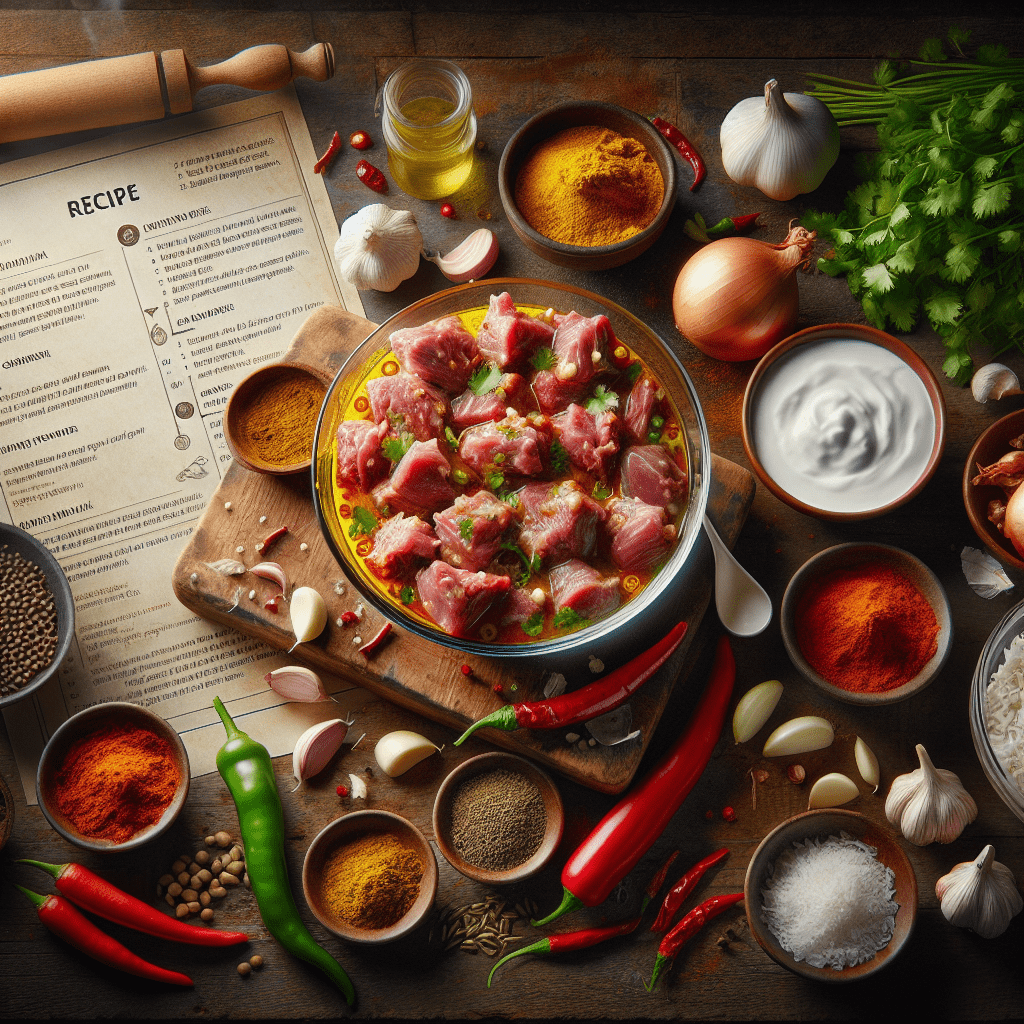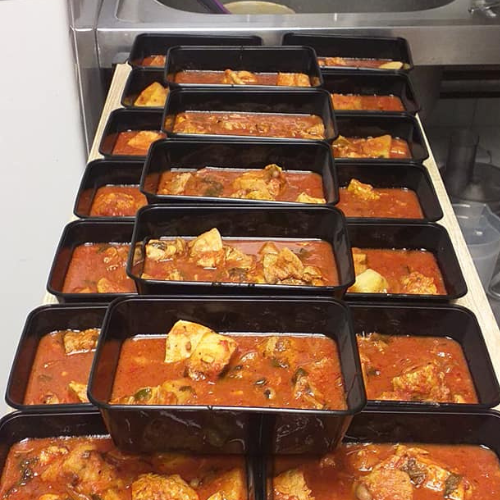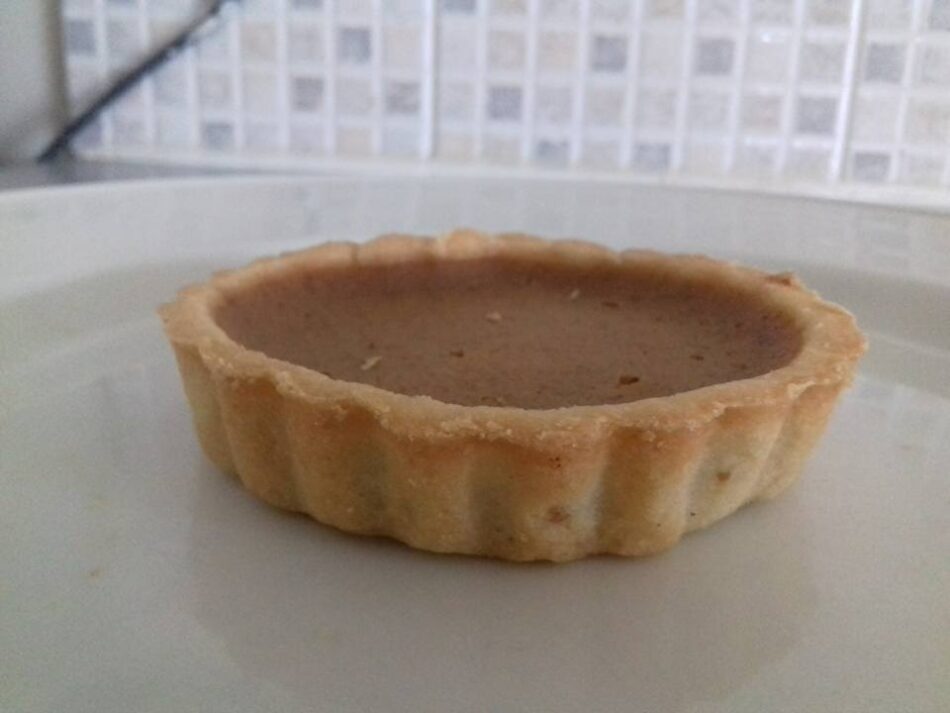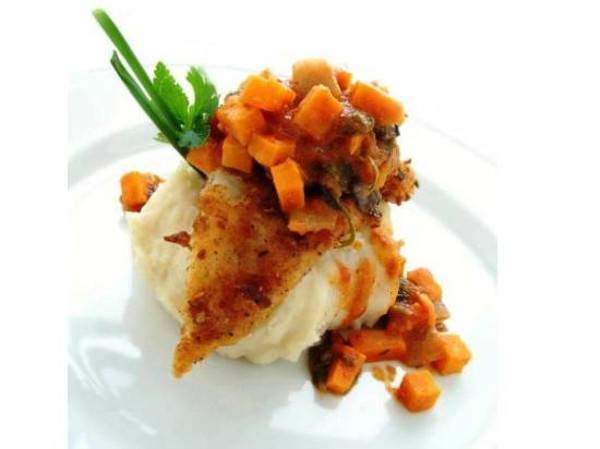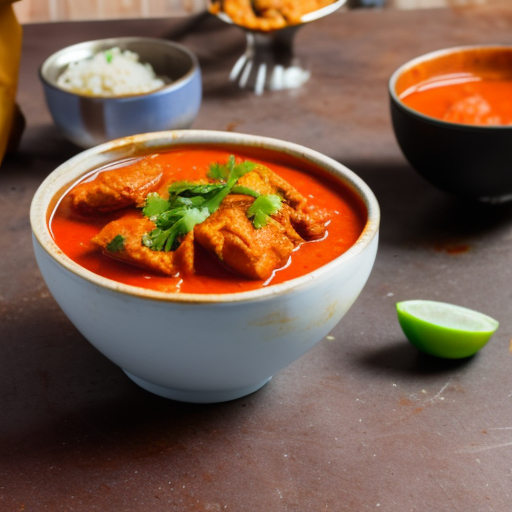Cassava and Yam
Caribbean cuisine is a vibrant fusion of flavors, influenced by the rich cultural heritage of the African diaspora. One of the key ingredients that have shaped Caribbean food culture is the humble cassava and yam. These starchy root vegetables, originating from Africa, have become staples in Caribbean cooking, adding depth and complexity to traditional dishes. In this article, we will explore the origins of cassava and yam in Africa, the African migration that brought them to the Caribbean, their role in Caribbean food culture, popular dishes made with cassava and yam, their nutritional benefits, cultivation and preparation methods, their significance in Caribbean festivals and celebrations, and the enduring legacy they have left in Caribbean cuisine.
Origins of Cassava and Yam in Africa
Cassava and yam have long been cultivated in Africa, with their origins dating back thousands of years. Cassava, scientifically known as Manihot esculenta, is native to South America but was introduced to Africa during the colonial period. The Portuguese explorers brought cassava to Africa, where it quickly became a staple crop due to its resilience and ability to grow in poor soil conditions. Yam, on the other hand, is native to Africa and has been a dietary staple in many African countries for centuries. With its high carbohydrate content and versatility in cooking, yam has sustained generations of Africans.
African Migration and the Introduction of Cassava and Yam to the Caribbean
The introduction of cassava and yam to the Caribbean can be attributed to the transatlantic slave trade and the forced migration of Africans to the region. Enslaved Africans brought with them a wealth of knowledge and cultural practices, including their traditional foodways. Cassava and yam were among the crops that Africans brought to the Caribbean, as these root vegetables provided sustenance during the arduous journey across the Atlantic. The cultivation of cassava and yam in the Caribbean not only ensured the survival of enslaved Africans but also laid the foundation for the development of a unique Caribbean food culture.
The Role of Cassava and Yam in Caribbean Food Culture
Cassava and yam have played a pivotal role in shaping Caribbean food culture. These versatile root vegetables are used in a variety of traditional Caribbean dishes, adding texture, flavor, and nutritional value. In countries like Jamaica, Trinidad, and Haiti, cassava is used to make bammy, a flatbread that is fried or baked and often served with fish or meat. Yam is commonly used in soups, stews, and side dishes, and is a key ingredient in dishes like Jamaican oxtail and Trinidadian callaloo. The unique flavors and textures of cassava and yam have become synonymous with Caribbean cuisine, making them essential components of the region’s culinary identity.
Popular Caribbean Dishes Made with Cassava and Yam
Caribbean cuisine boasts a wide range of dishes that showcase the versatility of cassava and yam. One of the most popular dishes is cassava cake, a sweet and dense dessert made from grated cassava, coconut milk, sugar, and spices. Another beloved dish is yam porridge, a hearty breakfast or snack made with boiled yam, milk, spices, and sweeteners. In Trinidad and Tobago, cassava is used to make the traditional dish known as cassava pone, a dense and moist cake-like dessert flavored with cinnamon, nutmeg, and coconut. These dishes not only highlight the unique flavors of cassava and yam but also celebrate the cultural diversity of the Caribbean.
Nutritional Benefits of Cassava and Yam
In addition to their culinary significance, cassava and yam offer a range of nutritional benefits. Both root vegetables are rich in carbohydrates, providing a good source of energy. Cassava is also a good source of dietary fiber, which aids in digestion and helps maintain a healthy weight. Yam, on the other hand, is packed with vitamins and minerals, including vitamin C, potassium, and manganese. These nutrients contribute to the overall health and well-being of individuals who consume cassava and yam regularly.
Cultivation and Preparation Methods of Cassava and Yam
Cassava and yam require specific cultivation and preparation methods to ensure optimal taste and texture. Cassava is typically grown from stem cuttings and thrives in tropical climates with well-drained soil. Once harvested, cassava roots are peeled, grated, and processed to remove any toxins before being used in cooking. Yam, on the other hand, is propagated through tubers and requires fertile soil and ample water. After harvesting, yam is peeled, boiled, and can be mashed, fried, or added to various dishes. These cultivation and preparation methods have been passed down through generations, preserving the authenticity and integrity of Caribbean cuisine.
Cassava and Yam in the Caribbean Today
Today, cassava and yam continue to be integral to Caribbean cuisine. They can be found in local markets, used by both home cooks and professional chefs to create traditional and innovative dishes. The popularity of Caribbean food has spread globally, with Caribbean restaurants and food trucks showcasing the unique flavors of cassava and yam. These root vegetables have become symbols of cultural pride and identity, representing the resilience and creativity of the Caribbean people.
Cultural Significance of Cassava and Yam in Caribbean Festivals and Celebrations
Cassava and yam hold significant cultural value in Caribbean festivals and celebrations. In countries like Trinidad and Tobago, the annual “Divali Nagar” festival showcases the cultural diversity of the Caribbean through food, music, and dance. Traditional dishes made with cassava and yam are often prepared and shared during these festive occasions, serving as a reminder of the African roots that have shaped Caribbean culture. Additionally, during the annual Crop Over Festival in Barbados, cassava is featured prominently in various culinary competitions and street food vendors, highlighting its importance in local cuisine.
Conclusion: The Enduring Legacy of Cassava and Yam in Caribbean Cuisine
Cassava and yam have left an indelible mark on Caribbean cuisine, transforming it into a rich tapestry of flavors and cultural traditions. From their origins in Africa to their introduction to the Caribbean through the African diaspora, these root vegetables have become integral to the region’s food culture. They have not only provided sustenance and nourishment but have also served as a symbol of resilience and cultural identity. Today, cassava and yam continue to be celebrated in traditional dishes, festivals, and everyday meals, ensuring their enduring legacy in Caribbean cuisine for generations to come.
CTA: Explore the rich flavors and cultural heritage of Caribbean cuisine by trying your hand at cooking traditional dishes with cassava and yam. Discover the unique taste and versatility of these root vegetables and embrace the vibrant culinary traditions of the Caribbean. Caribbean Calypso Spice Blends
